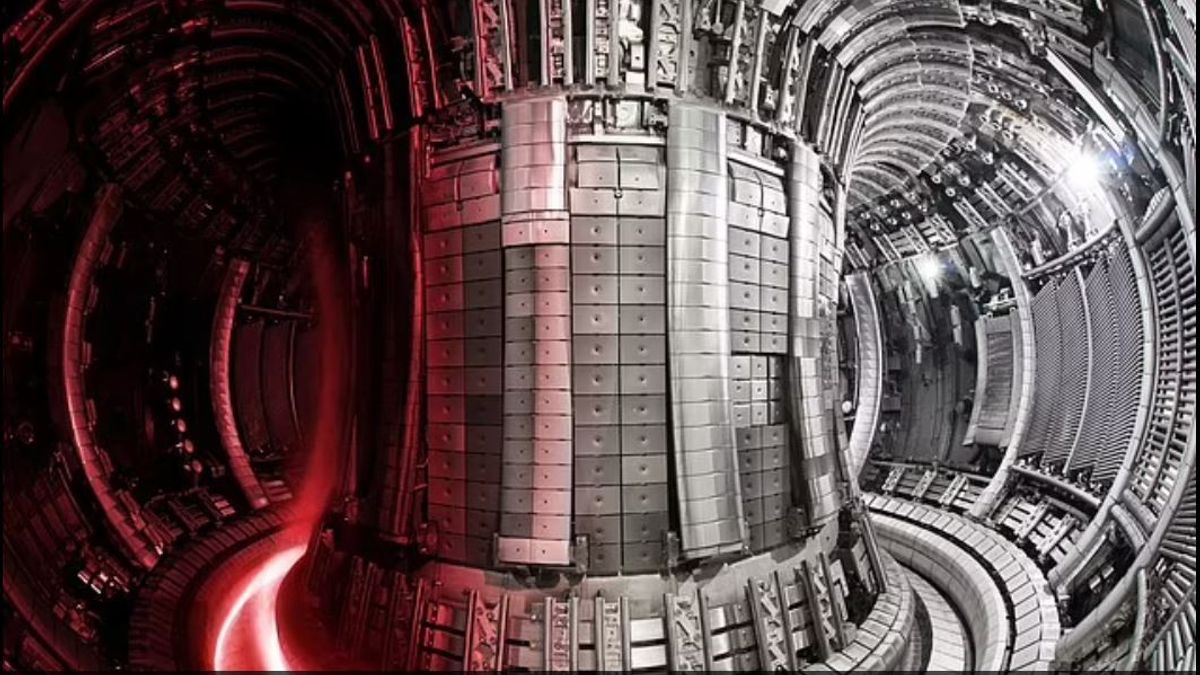JAKARTA - The Joint European Torus (JET) nuclear reactor in Culham, Oxfordshire, managed to record a world record by releasing a total energy of 69 megajoules within five seconds. This makes him one of the biggest achievements in more than 40 years of history. While not producing a huge energy output, this achievement promises a bright future for nuclear energy to meet household electricity needs.
JET, built in the late 1970s, contains a rotating plasma heated up to 150 million kelvins, 10 times hotter than the sun's center. At that temperature, hydrogen atoms merge into helium, releasing energy that is sustainable in a process that could end the use of fossil fuels.
Nuclear fusion involves the placement of hydrogen atoms below temperature and high pressure until they fuse into heavier helium atoms. When deuterium and tritium nuclei - which can be found in hydrogen - coalesce, they form helium nuclei, a neutron, and a lot of energy.
JET has been operating since 1983 but is now on dimension and decommissioned after completing its scientific operations in late December. The UK facility, which is said to cost 20-30 million pounds annually to operate, is seen as a precursor to the International Thermonuclear Experimental Reactor (ITER) worth 22.5 billion US dollars (Rp350.5 trillion) under construction in France.
JET has been operating close to the possible power generation conditions with the current facilities, said Sir Ian Chapman, CEO of the UK Atomic Energy Authority. The legacy will seep into all future power plants. This has a critical role in bringing us closer to a secure and sustainable future.
The fusion power plant can reduce greenhouse gas emissions from the power generation sector, switching from the use of fossil fuels such as coal and gas. If nuclear fusion experiments can be utilized on a much larger scale, reactors hotter than anything in the solar system will provide unlimited clean energy.
SEE ALSO:
JET is a research facility built to demonstrate the promising potential of nuclear fusion to generate electricity. But it could be a precursor to nuclear fusion power plants around the world that provide direct power to grids and electricity for households.
Fusion is different from fission (the technique currently used in nuclear power plants), as the first combines two atomic nuclei rather than breaking one core (fission). Unlike fission, fusion does not carry a potentially dangerous risk of nuclear accidents - as happened in Fukushima, Japan in 2011 - and produces far less radioactive waste than current power plants.
With JET's latest achievements, the world is getting closer to the future that can replace conventional energy sources with clean and sustainable energy sources.
The English, Chinese, Japanese, Arabic, and French versions are automatically generated by the AI. So there may still be inaccuracies in translating, please always see Indonesian as our main language. (system supported by DigitalSiber.id)


















